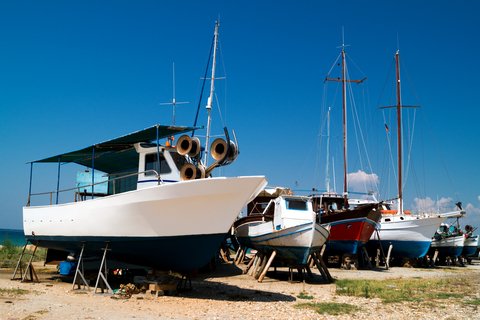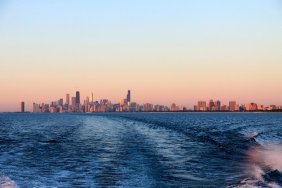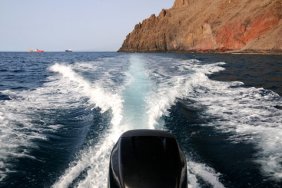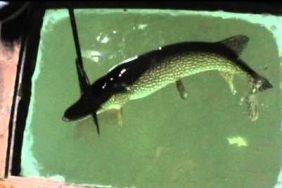It’s getting to be that time of year again for most “stay in the water” boaters on the east coast and some on the west coasts when the vessel bottoms have to be cleaned and repainted.
Although painting the bottom usually coincides with some obscenities being thrown for most Do-It-Yourself (DIY) boaters, it doesn’t have to be the case. A few simple steps can go a long way in terms of bottom maintenance in terms of time, cost and fuel savings. The aim is to maximize productivity while minimizing effort.
By doing a few simple steps, you can save yourself some bucks and time when prepping for the following season.
One important note prior to starting, make sure all safety protocols that the paint manufacturers require are followed. It is recommended that safety goggles, gloves, approved mask, and protective clothing is worn to protect against paint dust, fumes, and paint.
Pre-Painting Prep
In an effort to save time, it is important to power-wash the bottom the same day you take it out of the water. This is when slime and grime are still moist and will easily be blown off with a reasonably “powered” pressure washer. Once the slime dries and hardens, it’s a whole other ball game that requires more elbow grease and time.
Taping
When a boat is first painted the majority of boaters will opt for professionals to prep and paint the bottom so that the water line is correct and is straight. Once the boat needs to be repainted, a majority of boaters will opt to DIY.
I have used many different products, and I can’t say it enough that paying for quality will pay with less time and maintenance issues and this encompasses every facet of boating. Using painter’s tape, such as 3M’s blue tape, is perfect for taping the line and also taping around anodes, transducers, trim tabs, etc.
Make sure your bottom paint, especially if it contains copper, isn’t touching trim tabs or anodes as this will increase galvanic corrosion. There should be at least 1/2 to 1 inch space between this systems.
Sanding
This can be the most time consuming part of the job and generally requires the most energy involved as you will be in different positions trying to sand hard to reach places. Most paint manufacturer’s will recommend the sanding paper size for consumers in the range of 80 to 100 grit. The goal is remove the top layer of paint, especially for ablatives, and the 100 grit sand paper will do this with relative ease.
Choosing the Paint
Choosing the paint is when the quality issue comes into play and without going into the particular detail, I had a bad experience with one of the “generics.” So pay for quality. It will repay itself 10-fold with less “marine organism” issues.
Multi-season ablatives are a great choice for most boaters as the paint’s biological affects will remain for a few seasons making the aforementioned topics having to be done every few years. An ablative means that paint will wear similar to a bar of soap as micro-layers of paint will be worn to continually expose the “active ingredients” unwanted marine organisms.
Interlux and Petit are the two best bottom paint companies out there which provide a variety of different paints for different applications. I have been using a Copper Free (CF) multi-season ablative for the past few seasons and it has performed over and above on every aspect from: minimal marine growth, ultra-smooth surface, lasting durability, and increased fuel economy. You know it’s good when the boat looks the same as when you put it in.
Painting
Most paints can be easily rolled on using a semi-smooth or smooth roller purchased from a local hardware store or boat shop. Generally, after the initial coat (old paint) an additional 1-2 coats will be sufficient, and in most cases 1 coat will do the trick.
One trick is to paint the boat a different coat the first or second time, this way the boater has a gauge of when it needs repainting by seeing the first color bleed through. Typically quality paints will get a few seasons of coverage, so spend the extra money as you will save in the long run.
© Zoipap | Dreamstime.com – The ship at shipyard for paint








